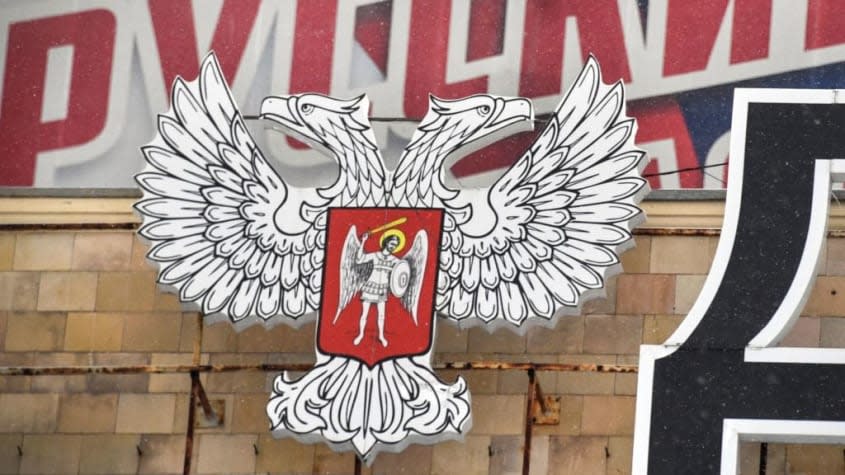What it means for Russia to recognize independence of Ukrainian regions

- Oops!Something went wrong.Please try again later.
Russian President Vladimir Putin on Monday signed a decree recognizing the independence of two separatist regions of Ukraine, the Donetsk People's Republic and Luhansk People's Republic, and ordered troops to the areas, saying they will "maintain peace." But what exactly does it mean for Putin to recognize these breakaway regions?
In 2014, Russian-backed separatists in the Donetsk and Luhansk regions declared that they were now independent "people's republics" and no longer tied to the Ukrainian government, Reuters explains. These areas were never recognized until Putin's announcement on Monday, and once forces are there, Russia could say it is intervening in matters because it is an ally.
Alexander Borodai served as the Donetsk People's Republic's first head of state, and is now a member of the Russian parliament. Borodai told Reuters last month that as soon as Russian troops arrive in the region, separatist leaders could ask for help gaining control of the parts still held by Ukraine, likely leading to a full-scale military conflict between Ukraine and Russia.
The Ukrainian government has said that since 2014, about 15,000 people have been killed in fighting in the separatist regions. Russia has denied being involved in this, but has sent leaders aid, military support, COVID-19 vaccines, and at least 800,000 Russian passports to give to residents, Reuters reports. It's estimated that now, Russia has about 190,000 troops along the border with Ukraine.
You may also like
Live stream of planes landing at Heathrow Airport during storm draws surprisingly big online crowd
Watch a Clydesdale recover from injuries in Budweiser's new Super Bowl ad
The right is finally ready to reform the CIA. Don't let hatred of Trump ruin it.

